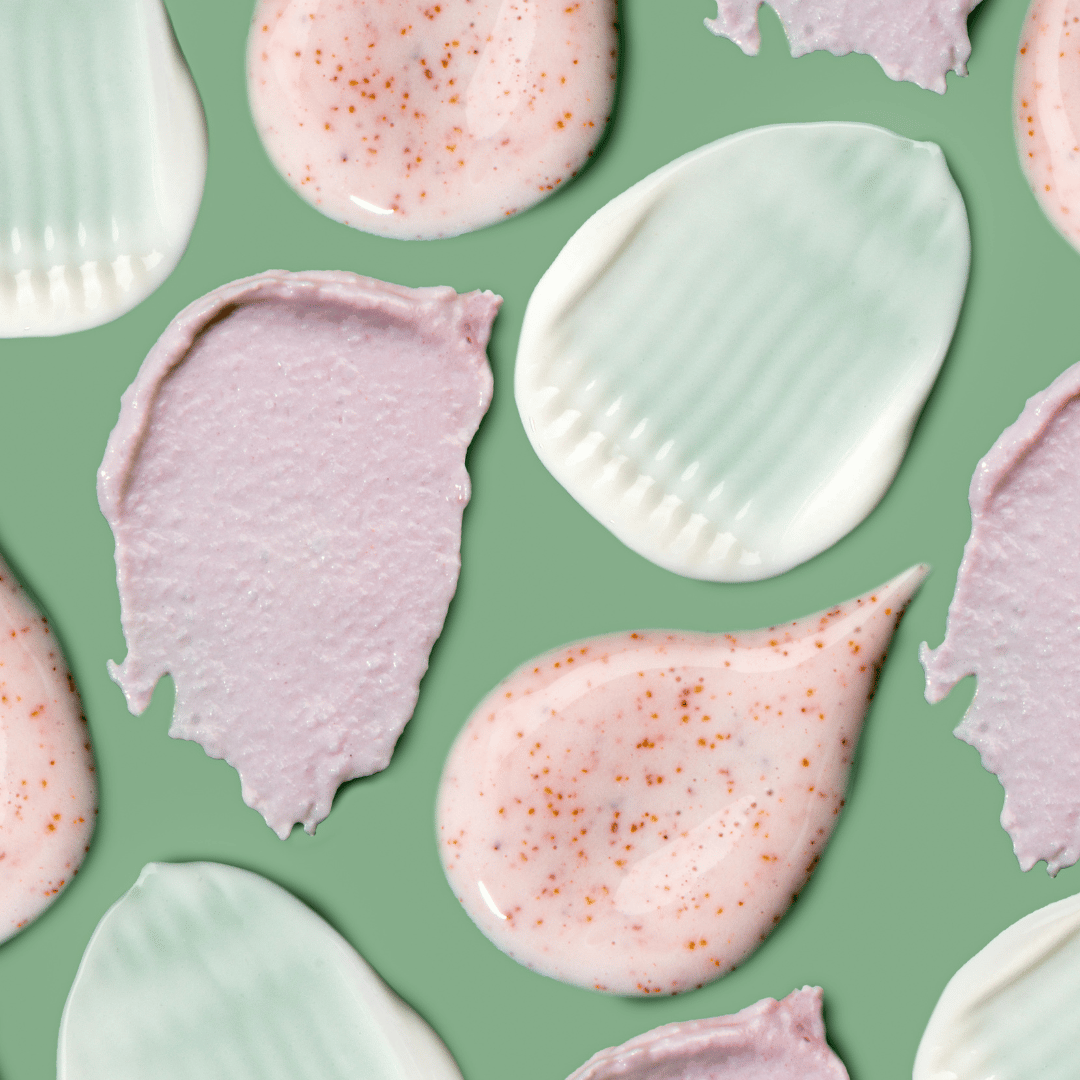
Acids in Skincare: Demystifying Acids and Their Use in Skincare
Like alcohol, when you see the word acid in a skincare product, you might be inclined to run as far away as possible. But in reality, even though the word “acid” sounds a bit scary, they are anything but! Just ask your dermatologist - they will be the first person to tell you that acids actually have some insane benefits for your skin. Below, we break down some of the most common acids used in skincare products and how they provide a major boost to your complexion.
Why are acids used in skincare products?
First thing’s first, why are acids used in skincare products? Like many skincare ingredients, acids have multiple functions when it comes to your skin. Some acids work as chemical exfoliants, providing a much gentler alternative to physical exfoliants like scrubs. (That is why they are especially suited to people with sensitive skin.) On the other hand, there are non-exfoliating acids. These acids target other skincare concerns, ranging from acne to wrinkles. When chosen wisely, acids are an extremely effective tool to have in your skincare arsenal. Now that you know acids aren’t all bad, we’re going to delve into a few specific types of acids that you should definitely be looking for on skincare product labels.
Alpha Hydroxy Acids (AHAs)
Alpha hydroxy acids, otherwise known as AHAs, have had a major moment lately - and for good reason. This category of acids has a reputation for refining and smoothing the outermost layer of skin. It is able to do this because it penetrates the top layer of skin and attracts moisture, helping to fight fine lines, wrinkles, and pigmentation issues. Examples of AHAs include glycolic acid (derived from sugar cane), lactic acid (derived from milk), citric acid (derived from citrus fruit), malic acid (derived from apples), and mandelic acid (derived from almonds), to name a few.
Beta Hydroxy Acids (BHAs)
Next up is beta hydroxy acids, or BHAs. Unlike AHAs, BHAs penetrate deeper levels of skin, which allows them to unclog pores and target acne. A good thing to remember is that AHAs are gentle and mild, targeting the surface layer only, whereas BHAs are stronger and can target skin issues beneath the outermost layer, such as acne. Salicylic acid is hands down the most commonly used BHA in the beauty world. It is found in many acne treatments, cleansers, toners, and more, and is an exfoliating acid that works to decongest pores and eliminate blackheads. One word of warning with BHAs: because they are more powerful, they can cause dryness. So be sure to do a patch test before your start using a product with BHAs regularly.
Hyaluronic Acid
Hyaluronic acid, sometimes referred to as hyaluronan, is a naturally occurring substance found in your skin, connective tissue, and eyes. Its main claim to fame is its ability to retain water (research has found that hyaluronic acid can hold onto 1,000 times its molecular weight in moisture). It is also considered a humectant, which essentially means it can draw moisture from its surroundings, further increasing its hydrating capacity. Look for hyaluronic acid in serums, moisturisers, and eye creams.
Ascorbic Acid
Ascorbic acid is simply a fancy name for vitamin C, which makes this an acid that should definitely be worked into your skincare routine. It is an antioxidant that is able to brighten the skin, reduce dark spots, combat fine lines and wrinkles, and protect your skin against free radicals. How ascorbic acid works its magic is by boosting collagen production, which not only helps new skin cells regenerate but repairs the existing cells that are damaged. You’ll find ascorbic acid in a range of skincare products, including moisturisers, exfoliators, and serums.



